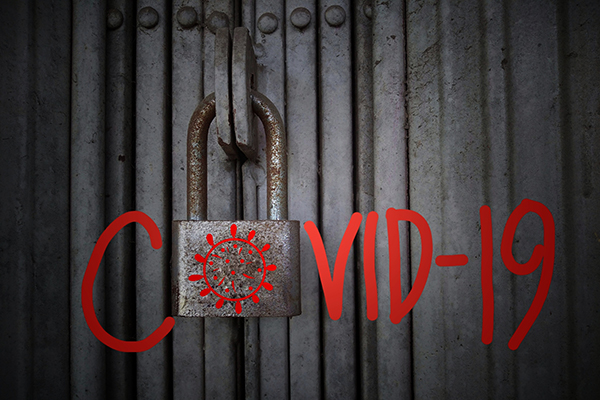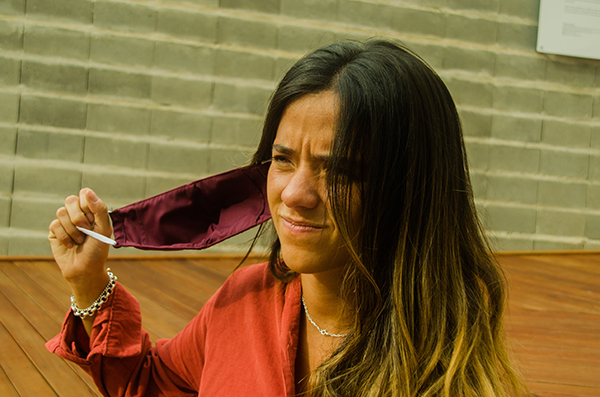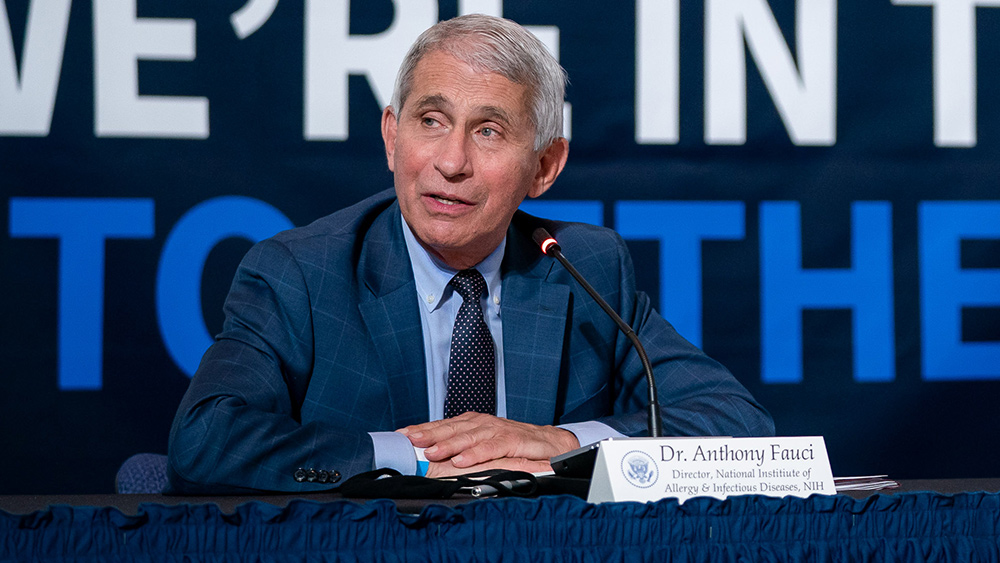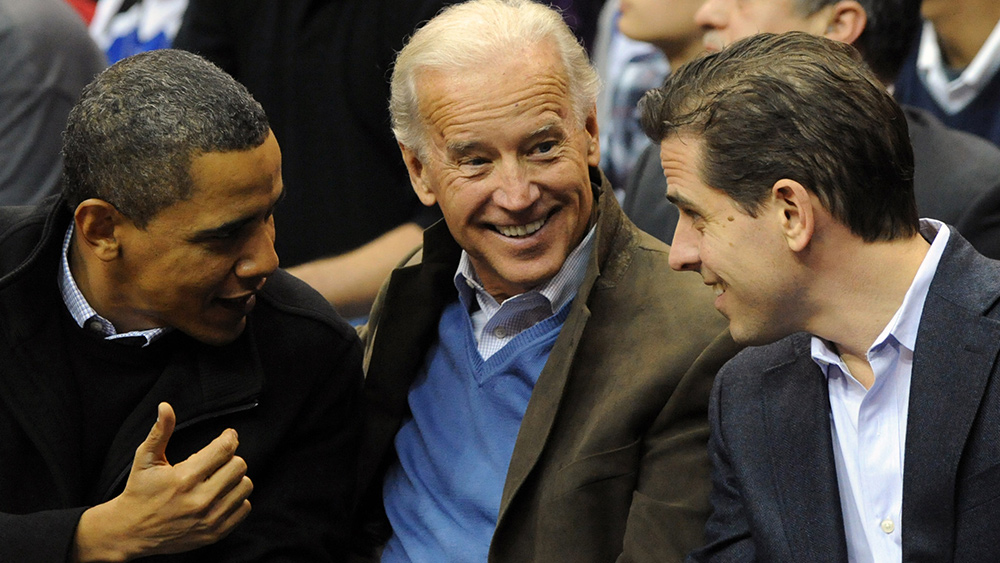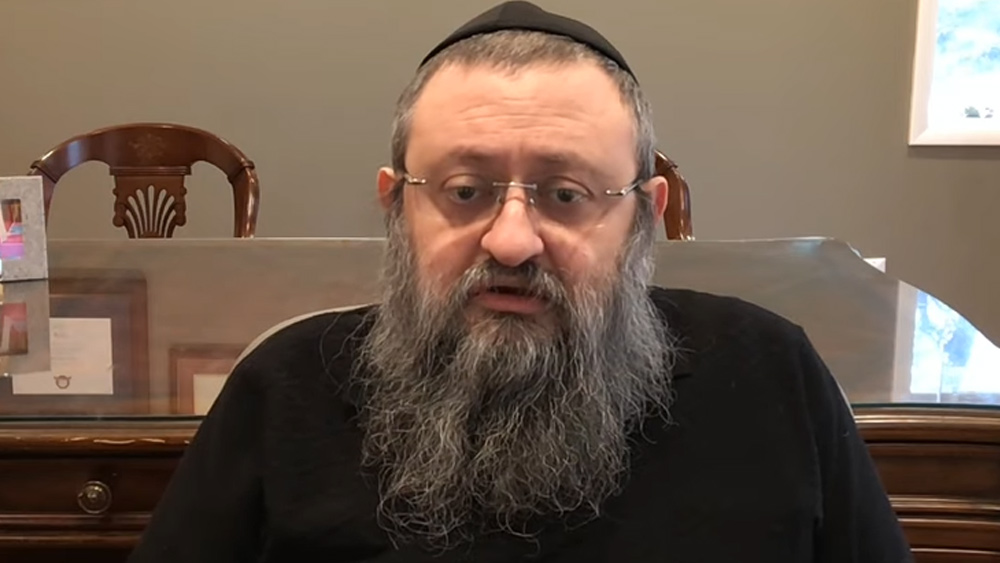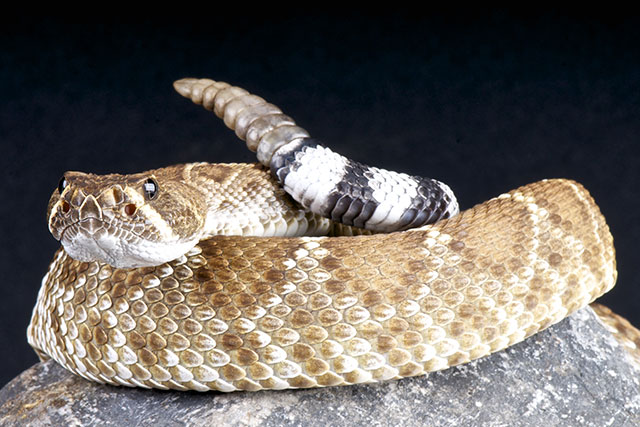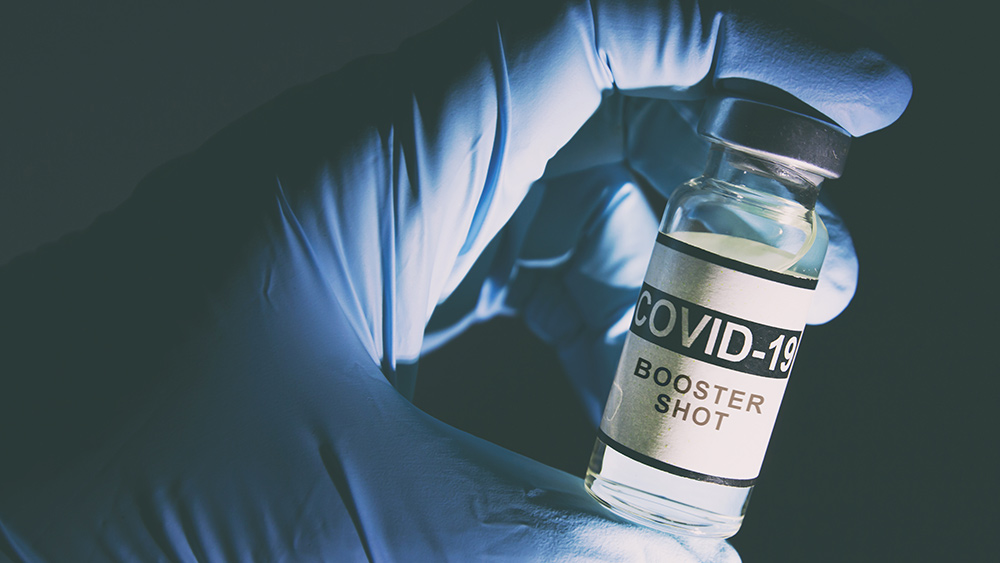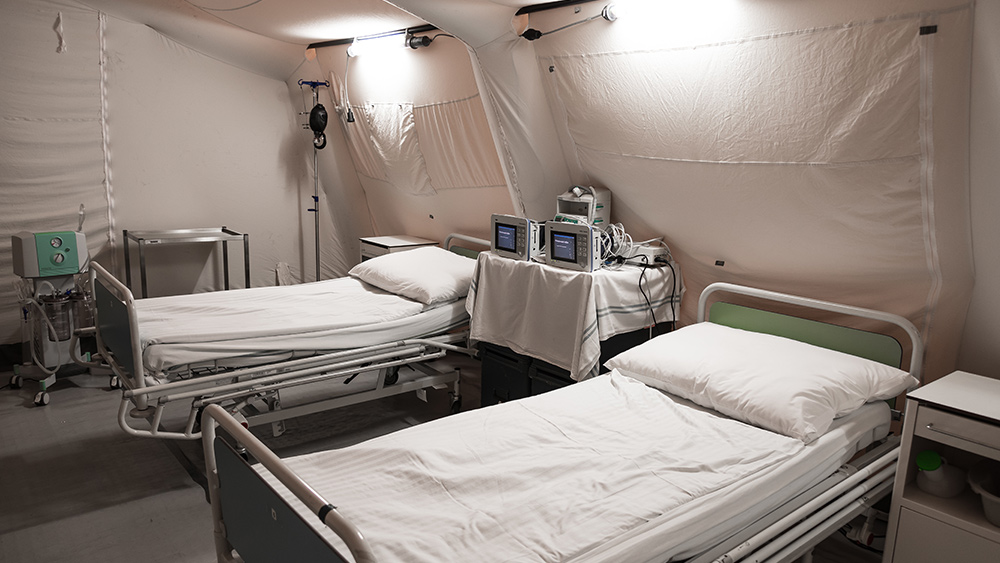Video reveals Wuhan laboratory kept bats despite claiming it did not
06/21/2021 / By Ramon Tomey
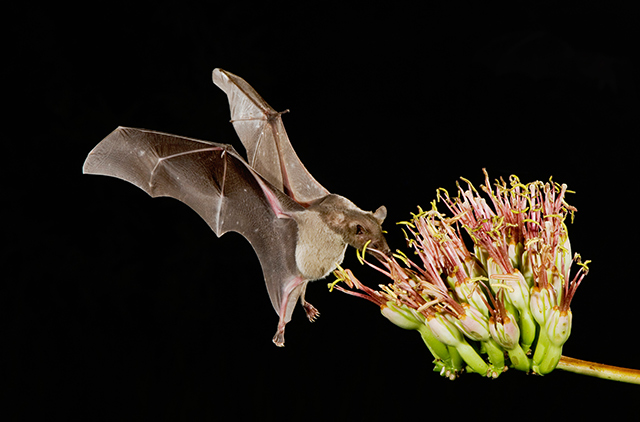
Footage shown by an Australian news outlet revealed that the Wuhan Institute of Virology (WIV) in China’s Hubei province kept live bats on the premises. The video’s existence contradicted reports that the facility did not keep bats. Located in central China, the WIV faced scrutiny from a U.S. investigation over it being the place where the Wuhan coronavirus (COVID-19) originated.
In a June 13 report questioning the COVID-19 pandemic’s origins, Sky News Australia showed footage of bats inside a cage. It also showed footage of similar-looking cages and a scientist feeding a caged bat. The clips were taken from a 2017 Chinese state promotional video released to coincide with the WIV’s opening that year. A group called DRASTIC – consisting of scientists and investigators examining the origins of the pandemic – gave the full video to the news station.
Investigative reporter Sharri Markson said the video showed “bats in the cage at the Wuhan lab.” However, it is not clear if the footage itself was filmed at the WIV premises – as there are other laboratories in the city that kept bats and other live animals.
Aside from the footage of bats, the news outlet aired footage – also provided by DRASTIC – of a WIV official explaining the laboratory’s systems. The Chinese Academy of Sciences produced the video, which showed WIV National Biosafety Laboratory Director Dr. Yuan Zhiming explaining the precautions at the facility’s stringent biosafety level (BSL) four laboratory.
Yuan said in the footage: “This is our central control room. Staff in [the] central control room remain in close contact with our staff in the laboratory [to provide] necessary technical support for their experiments, as well as for any accidents.” His comments appeared as concerns of improper handling of pathogens at the WIV surfaced along with the lab leak theory.
According to a number of reports, the Wuhan facility had been handling coronavirus samples at less stringent BSL two precautions. Other laboratories recommended precautions at BSL three or higher when handing “potentially lethal respiratory pathogens” to control their spread through the air. Precautions that fall under BSL two are meant for pathogens that pose a “moderate hazard.”
The footage of bats in a Wuhan laboratory contradict tweets by Peter Daszak
The footage’s existence appeared to contradict the stance of WHO investigator Peter Daszak. The president of the non-profit EcoHealth Alliance (EHA) insisted last year that the WIV did not keep live bats and dismissed the idea as a “conspiracy theory.” Daszak insisted on the lack of bats in the Wuhan facility in two December 2020 tweets. (Related: WHO investigator on CCP payroll still pushing debunked coronavirus lies.)
One of Daszak’s tweets that month said: “No bats were sent to [the] Wuhan lab for genetic analysis of viruses collected in the field. That’s not how the science works: We collect bat samples [and] send them to the lab. We release bats where we catch them.”
Another tweet by the EHA president doubled down on the WIV not having bats on site. “[The WIV does] not have live or dead bats. There is no evidence anywhere that this happened. It’s an error I hope will be corrected.” Daszak dubbed claims of bats being kept in laboratories as “widely circulated conspiracy theories.”
The British zoologist has since deleted both tweets from last year. He also walked back on his earlier remarks, saying that he wouldn’t be surprised if the WIV was trying to set up a bat colony. “We didn’t ask them if they had bats,” Daszak admitted. Nevertheless, he has staunchly defended the claim that the COVID-19 came from an animal host and jumped to humans at the Huanan Seafood Market in Wuhan. (Related: Peter Daszak still insists Wuhan coronavirus came from wet market despite evidence of laboratory origins.)
Daszak’s link to the WIV also came under the spotlight. As president of the EHA, he funneled money to the WIV for gain of function research on bat coronaviruses. He also worked with the institute’s director for emerging infectious diseases Dr. Shi Zhengli since 2013. The Chinese scientist was dubbed as the “bat woman” due to her research on bat coronaviruses.
The Hindustan Times reported that Shi herself also denied the lab leak theory as there is “no evidence” for it. “How on earth can I offer up evidence for something when there is no evidence? I don’t know how the world has come to this, constantly pouring filth on an innocent scientist,” she said in a text message.
Visit Pandemic.news to read more stories about the origins of COVID-19.
Sources include:
Submit a correction >>
Tagged Under:
biological weapons, China, COVID-19 origins, covid-19 pandemic, EcoHealth Alliance, gain-of-function research, lab leak, lab-leak theory, live bats, Peter Daszak, Shi Zhengli, Sky News Australia, virology, Wuhan coronavirus, Wuhan Institute of Virology, Wuhan lab
This article may contain statements that reflect the opinion of the author
RECENT NEWS & ARTICLES
Infections.News is a fact-based public education website published by Infections News Features, LLC.
All content copyright © 2018 by Infections News Features, LLC.
Contact Us with Tips or Corrections
All trademarks, registered trademarks and servicemarks mentioned on this site are the property of their respective owners.


